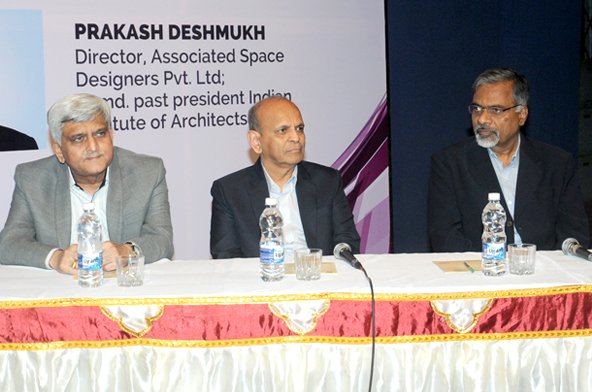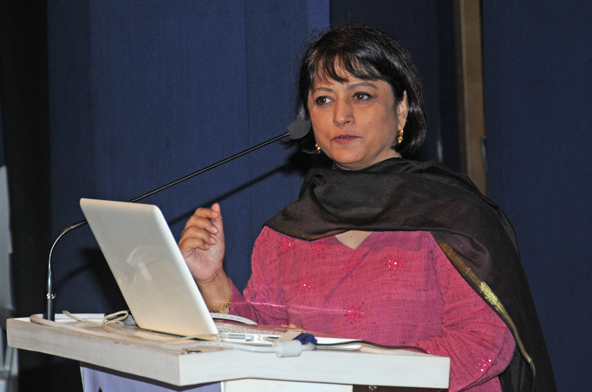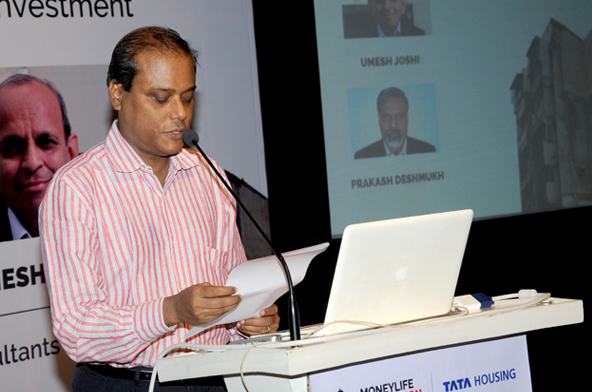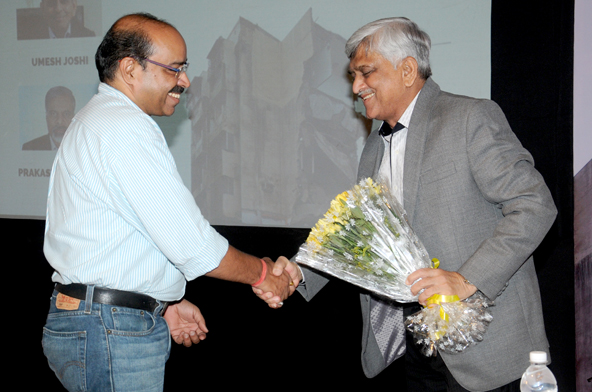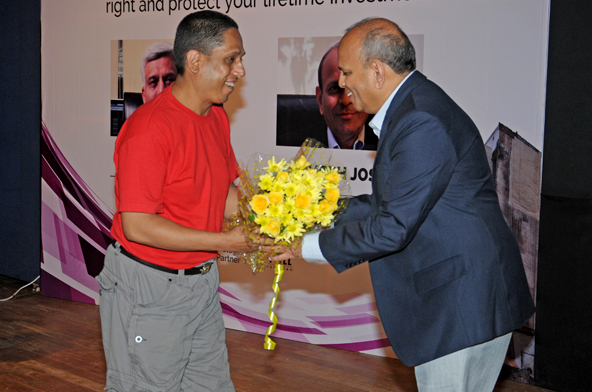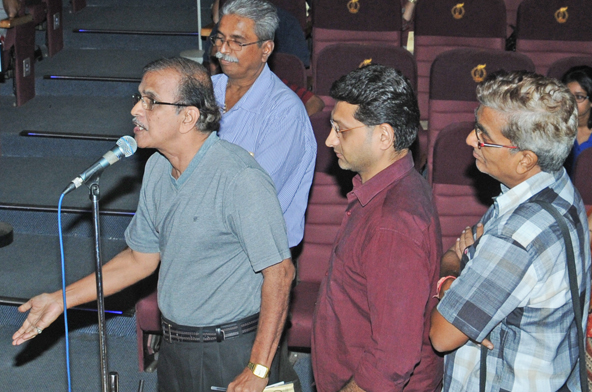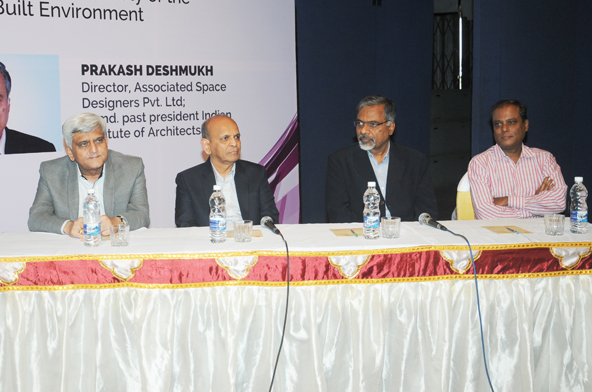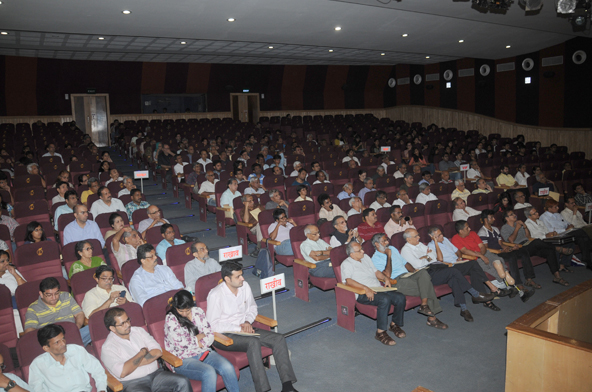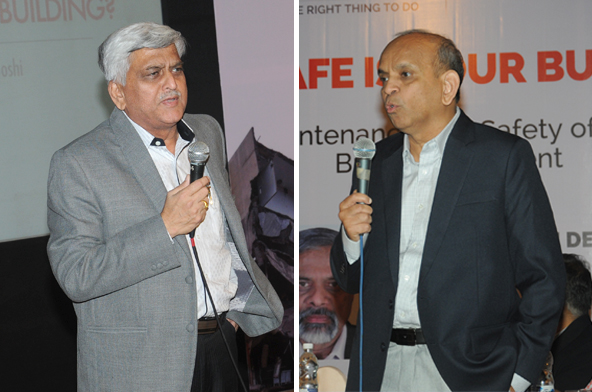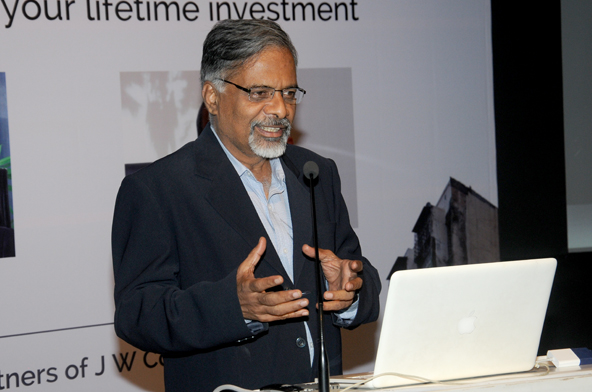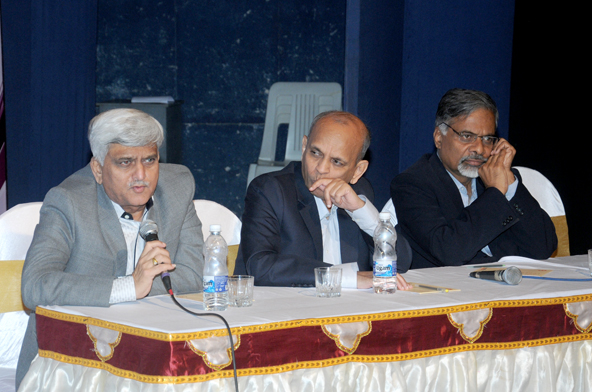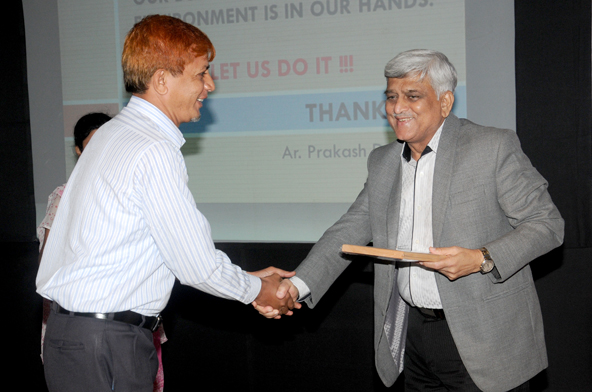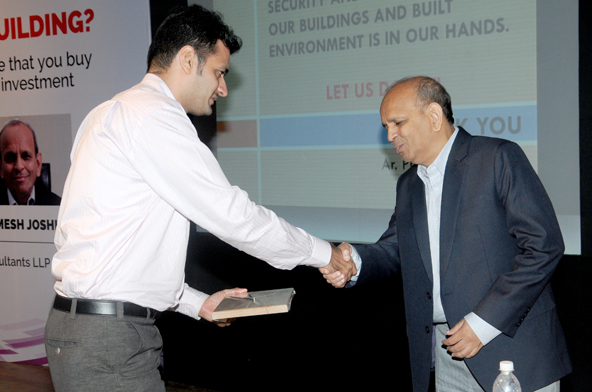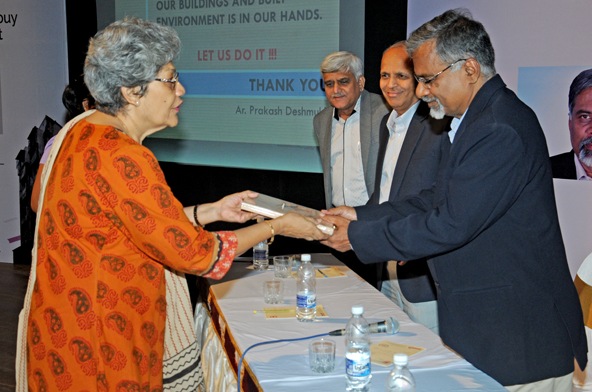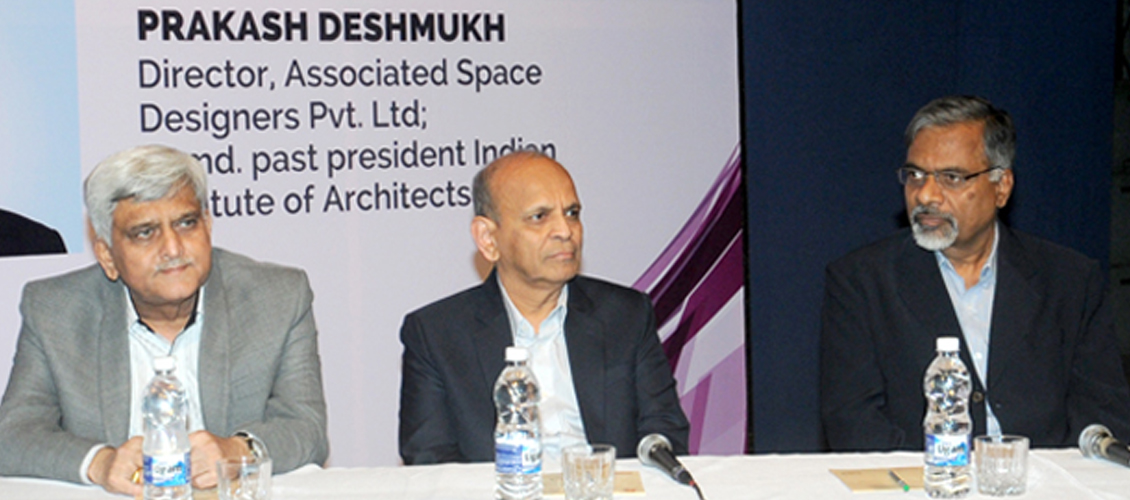
People spend their lifetime saving to buy a home or apartment, however, while choosing the apartment building and after moving into it, hardly think about safety and maintenance of the building. “One needs to maintain the home and the apartment building like he/ she cares for own health,” say renowned structural consultants Achyut Watve, Umesh Joshi and architect Prakash Deshmukh. They were speaking at an interactive session on “How Safe Is Your Building?” organised by Moneylife Foundation in Mumbai.
Mr Watve and Mr Joshi, both Partners of JW Consultants LLP, a highly regarded name in structural consultancy that works with reputed construction companies in India and abroad, said, the owners (of the home) needs to be more aware about the maintenance timeline and follow it rigorously.
According to them, during the first 10 years of the building, owners need to maintain all records of the property, like approved architectural plans, structural plans along with design brief, including loading on each floor, parking loads, landscape load and material testing records from builder. The maintenance and care taken of the building over next 20 years will decide its life for 30 year onwards, they said.
1440248580_maintenancetimeline
“Owners should regularly inspect and maintain building. While regular painting will seal fine cracks, for structural cracks approved methods of repairing needs to be used. In addition, the residents should also inspect common facilities, electrical systems, fire suppression system in the building and take proper measures to repair, rectify it on time. Also, one needs to understand that waterproofing has limited life and may start leakage later. This also needs to be checked regularly,” Mr Watve and Mr Joshi added.
They also explained in details about what a homebuyer needs to check while buying a new property. Besides location, accessibility of the property, one needs to check the reputation of the builder as well as contractor, consultant and architects as well. “Some people, while buying a property, look for additional floor space index (FSI) so that floors can be added. However, before checking on the FSI, the buyer needs to check if the building foundation is designed for such additional floor load,” they said.
Mr Watve and Mr Joshi, said, “While buying a new home, let’s look for quality in construction materials (steel and concrete), approved electrical wiring, internal piping (GI– class C), quality waterproofing with warranty, anti-rodent treatment in foundations, and anti-corrosion systems, which will give you a peace of mind.”
Prakash Deshmukh, the immediate past President of Indian Institute of Architects (IIA), and Director of Associated Space Designers Pvt Ltd explained the audience about “Maintenance and Safety of the Built Environment”.
Mr Deshmukh, who is widely acclaimed for eco-friendly townships like Magarpatta City and Nanded City in Pune, said there is general lack of public awareness about built environment in India. Built environment refers to the human-made surroundings that accommodate human activities in the buildings and its surroundings including their supporting infrastructure, such as water supply, energy networks, fire safety, security and health.
“Buyers are not aware about these things and to create awareness on built environment, education will play a most important role. When you buy a car, the manufacturer provides you with a manual. However, when you buy a home worth lakhs of rupees, there is no such thing given by the developer. Therefore, maintenance manual should be made mandatory with every project,” he added.
Talking about smart cities, Mr Deshmukh said, “The city also should be a liveable place and provide safety and security for all residents. This is lacking in most of our cities today.”
“Poorly maintained buildings provide dangerous living conditions. Because of serious ignorance about the maintenance of buildings and built environment, it results into sick building syndrome (SBS). The SBS is nothing but a situation in which the occupants of a building, experience acute health- or comfort-related effects which seem to be linked directly to the time spent in the building.”
Talking about causes for the SBS, Mr Deshmukh said, poor maintenance of building elements such as leakage of water though ceilings and walls, poor indoor air quality due to lack of adequate natural ventilation, poor hygiene and cleanliness indoors as well as outdoors and poor day lighting resulting in growth of bacteria and anaerobic conditions leads to sick building syndrome.
He said, “Building audit should be carried out on a regular basis to ensure the safety, security and health of the buildings. Each project should have a maintenance manual. Based on the audit there should be action program for maintenance. In addition, structural audit must be carried out periodically and effective measures should be adopted for structural safety.
Similarly, painting shall be done on regular basis along with the surface plaster coating. Preventive maintenance of building services should also be carried out regularly.”
“Maintaining the safety, security and liveability of our buildings and built environment is in our hands. Let us do it,” he concluded.


